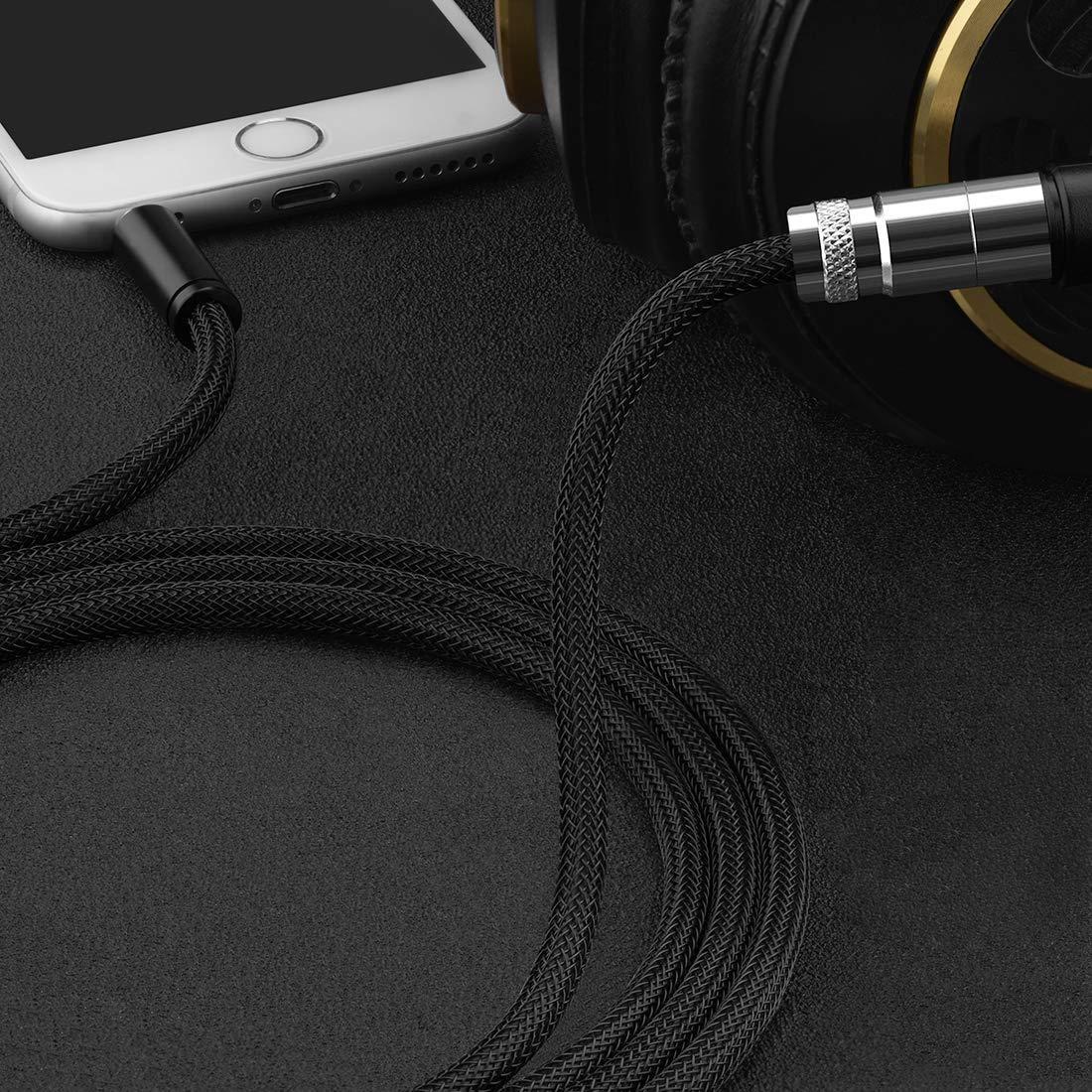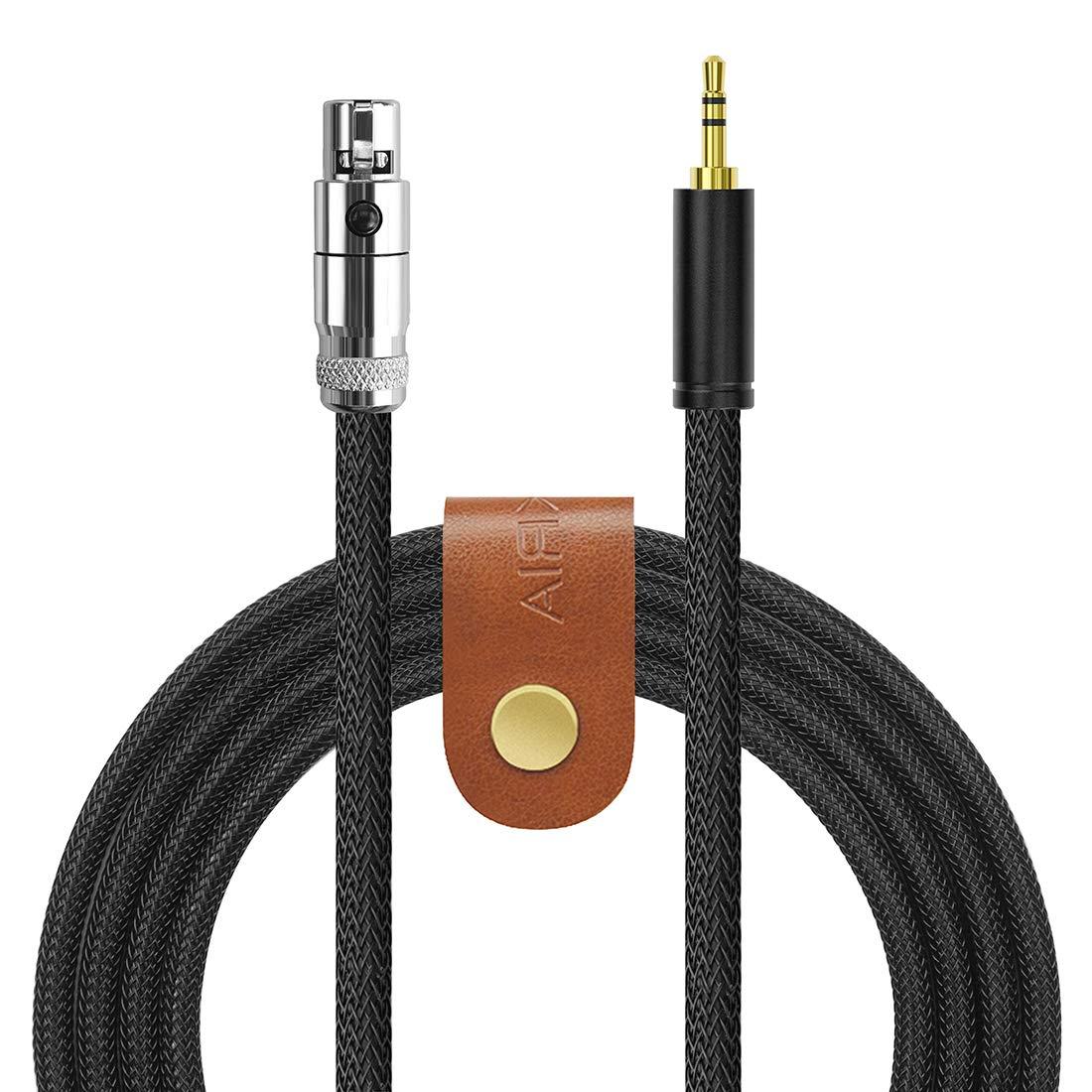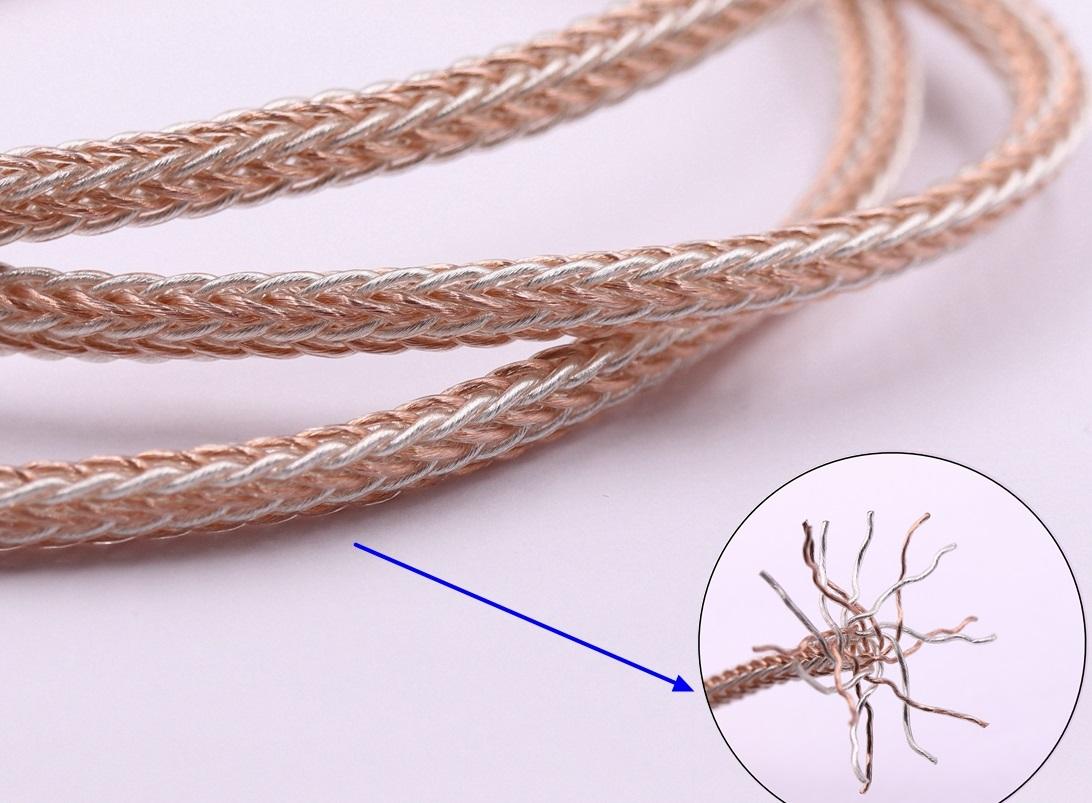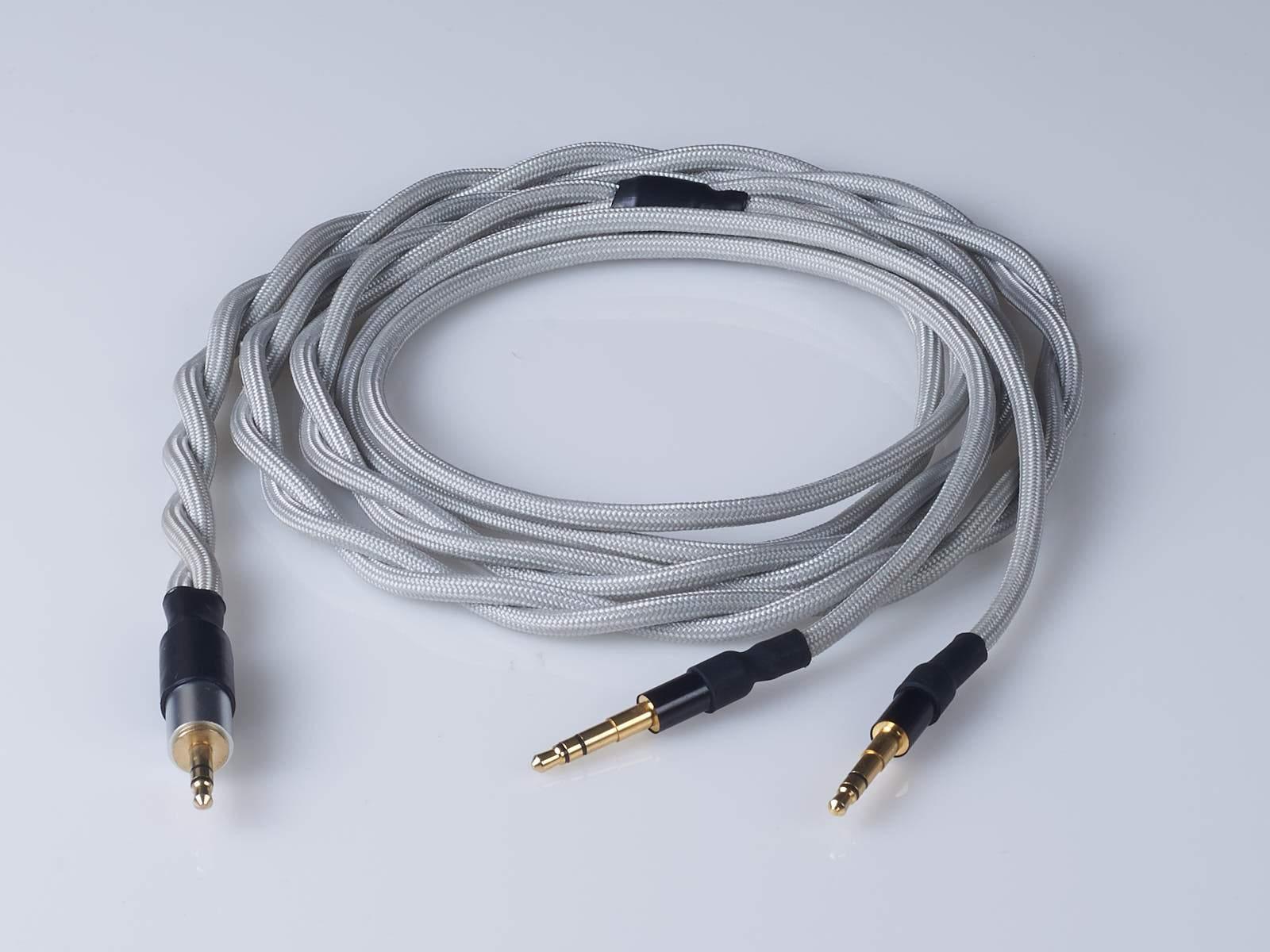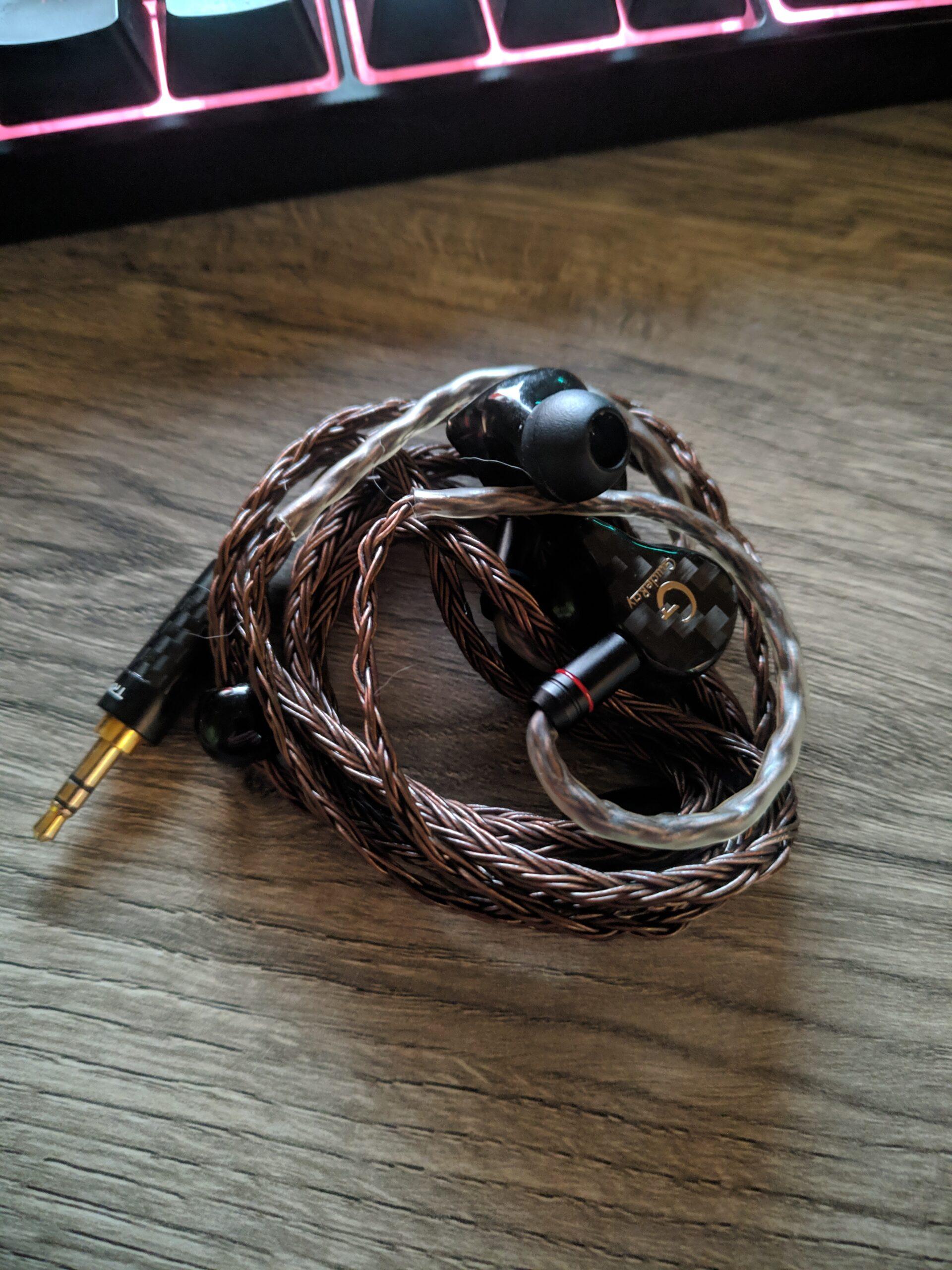Audio vs. Power
To help understand why a seemingly simple question like this is so controversial, consider that transmitting audio is much more complicated than transmitting, say, power. For example, a power cord just has to get one frequency of signal — 60 Hz — from the wall outlet to your coffee maker. The challenge with transmitting music is getting 10 octaves of frequencies to all arrive at the destination at the same time and at the proper level.
The Basics
Let’s start with some basic objective factors for evaluating how well a speaker cable does its job, which is carrying an electrical signal from an amplifier or receiver to the speakers that convert the signal to sound.
– Resistance. This is the most important characteristic. It’s a measure of how easily current flows through the cable, expressed in ohms, represented by the Greek letter omega: Ω. Fewer ohms, or fractions of ohms, means lower resistance (i.e., current flows more easily from the amp to the speaker).
– Gauge. The thickness of the cable, measured in American Wire Gauge (AWG). The smaller the gauge, the thicker the cable, with thicker cables having less resistance.
– Length. Longer cables create more resistance, so the distance from your amplifier to your speakers is an important factor in deciding what cables to use. Follow this rule of thumb: for longer distances, use thicker cable (smaller AWG).
Electrical Aspects
Beyond the basics, there are electrical aspects to consider, such as:
– Speaker impedance. The resistance of the speaker to the current from an amplifier is referred to as the load a speaker places on an amp, measured in ohms. Impedance determines how much current the amp can provide to the speakers, but, unlike resistance, impedance changes with frequency. In reproducing voice and music, an amplifier produces many different frequencies, so a speaker’s impedance is different at every frequency. To simplify this phenomenon, manufacturers list the nominal impedance of their speakers — for example, 4 Ω or 8 Ω. This is the value used in calculating the maximum run of speaker cable that can maintain resistance within the recommended limit (generally less than 5% of the speaker’s impedance).
– Inductance and capacitance. These are related to resistance, but they are frequency-dependent. For example, higher frequencies can pass through a capacitor more easily than lower frequencies. Likewise, lower frequencies can pass through an inductor more easily than higher frequencies. Cables inherently have a little inductance and capacitance, but since the ultimate goal is to have all frequencies arrive at the speaker at the same time, more expensive cables go the extra mile and take these factors into account.
– Conductor material. The purer the conductor, the more it costs. Copper is commonly used because of its low resistance and low cost. Silver has an even lower resistance but is considerably more expensive. Manufacturers offer different price points by using different kinds of copper and silver, including oxygen-free copper, pure bare copper, tinned copper, silver-plated copper, and various percentages of silver.
– Terminations. The material and type of connector used on the end of the speaker cable also affect the sound, but we’re going to keep this discussion to just the cable itself.
The main problem that expensive cables try to address is timing. And here’s where angry mobs start reaching for their pitchforks and torches, with terms like “snake oil” tossed around.
The science is this: Low frequencies travel straight down the middle of a conductor, while high frequencies tend to travel on the outside of the conductor. This behavior, which is known as skin effect, can cause low and high frequencies to arrive at the speaker at slightly different times. It’s a phenomenon that dulls the dynamics of the music and adversely affects the soundstage and imaging.
Expensive cables use many strategies to get all frequencies to arrive at the speaker at the same time and at the proper level, including:
– Dielectrics. A dielectric is insulation that keeps current from flowing between the conductors. In speaker cables, a dielectric is used to separate the positive and negative conductors. Dielectrics can be made of vinyl, Teflon™, polypropylene or even air. Different dielectrics are chosen for their flexibility and electrical characteristics.
– Conductor geometry. There’s more going on inside that cable than you think. Aside from what the conductors are made of, the way they’re arranged within the jacket (sometimes referred to as the “outer cover”) affects the performance of the cable. Two conductors arranged in parallel have a higher inductance than a pair of conductors twisted together, which will have a higher capacitance. Expensive cables use different numbers of conductors in different arrangements to minimize factors that can negatively impact the sound, such as inductance and capacitance.
– Aesthetics. Some think every piece of their setup should be a work of art, including the cables. If you want to step up from a white PVC jacket, you’ll find PVC in different colors, striped PVC, and even braided jackets topped off with connectors as shiny as candy apples.
– Conclusion. Trust your ears only

